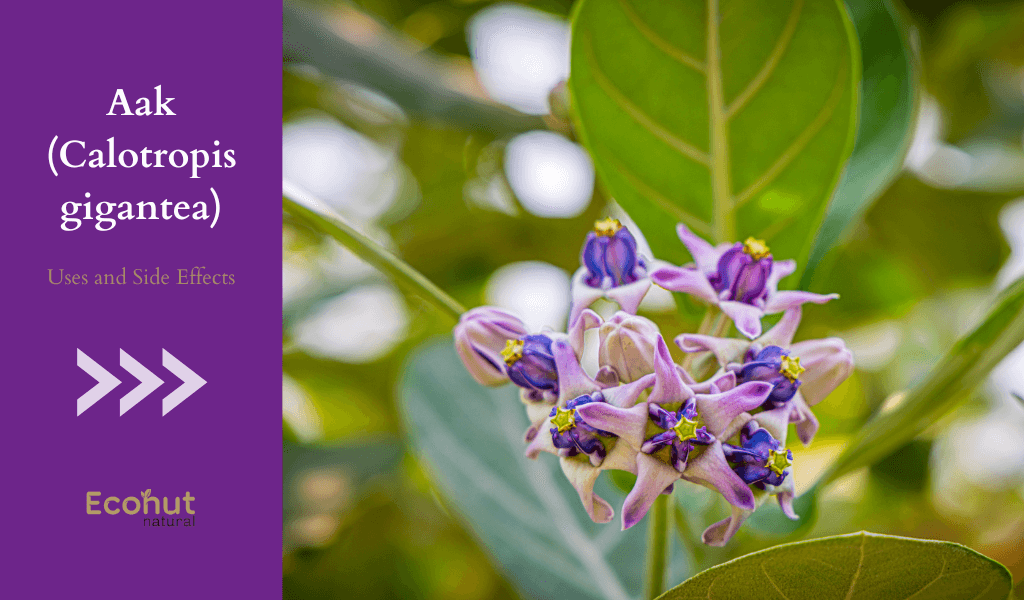Because of its potential advantages for skin health, sesame oil—a natural oil made from sesame seeds—has been used for centuries in many civilizations.
It has a variety of healthy ingredients, and then such as vitamins, minerals, and antioxidants, and then which support its therapeutic effects on the skin. Here are some possible skin benefits of sesame oil, and then as well as how to apply it:
Benefits of Sesame Oil for Skin:
Moisturization:
Sesame oil is rich in fatty acids, mainly oleic, linoleic, and political acids, which help to nourish and moisturize the skin. It creates a layer of defence on the skin’s surface, stopping moisture loss and maintaining skin hydration.
Antioxidant Properties:
Sesame oil has antioxidants like sesame and sesamol that assist in scavenging damaging free radicals from the skin. This may slow down the aging process and make wrinkles and fine lines less noticeable.
Anti-Inflammatory:
Sesame oil contains antioxidants, and then such as sesame and sesaminol that help neutralize harmful free radicals in the skin. Dieses can assist in preventing premature aging and reducing the appearance of fine lines and wrinkles.
Antibacterial Properties:
Natural antibacterial qualities in sesame oil can aid in preventing skin infections and breakouts. To clean and purify the skin, and then it can be applied.
Wound Healing:
Sesame oil contains the vitamins E and K, proven to speed up wound healing and lessen the prominence of scars. Oil might aid recovery when applied to cuts or blemishes.
Skin Brightening:
Sesame oil helps the skin eliminate extra sebum, dead skin cells, debris, oil-soluble toxins, and other impurities. It has a purifying natural impact. The skin appears smoother, more supple, and then brighter as a consequence—the polyphenols in sesame oil help to restore the skin barrier’s average balance.
How to Use Sesame Oil for Skin:
Oil Massage:
Heat sesame oil and massage gently on the face or body. Colours can improve blood circulation, relax muscles, and then moisturize the skin.
To Cleanse The Skin:
You can use sesame oil as part of an oil-cleansing regimen. A warm, wet towel should remove any remaining makeup and pollutants after applying a tiny amount to your face and gently massaging it in.
Moisturizer:
Apply a thin layer of sesame oil to damp skin after a shower to keep the moisture in. Sesame oil can be wealthy, so exercise caution while using it.
Spot Treatment:
Apply a drop of oil to areas of skin that are dry, irritated, or experiencing breakouts.
Hair and Scalp:
Using oil also benefits the scalp and hair. Massage a small amount into the scalp to nourish hair follicles, or use as a pre-shampoo treatment to condition your hair.
Use The Oil While Bathing:
For a calming and moisturizing bath, add a few drops of sesame oil to the water.
Carrier Oil:
One option for a carrier oil for essential oils. Before applying it to your skin, dilute a few drops of your preferred essential oil in sesame seeds.
Do a patch test before applying sesame oil to your skin to ensure there won’t be any negative responses, especially if you have sensitive or allergy-prone skin. Additionally, opt for cold-pressed, unrefined sesame oil for the most significant health advantages, as refined varieties may have lost some of their essential ingredients during processing. Before introducing into your skincare routine, consider contacting a dermatologist if you have any underlying skin disorders or concerns.
Side Effects of Sesame Oil:
Rosehip oil applied topically can occasionally have negative consequences, but an allergic reaction is unlikely. The following are examples of mild to severe allergic reaction symptoms:
- Hives or a rash
- Having trouble breathing
- Quick Heartbeat
- Dizziness
- Congestion
- Wet, itching eyes
- Wheezing
- Pain in the chest
- Anaphylaxis
Sesame oil might be harmless When used sparingly and sprayed in the nose. Sesame oil may cause nasal blockage and leakage when used as a nasal spray. Before use, conduct a skin patch test to lessen the possibility of an allergic reaction. Start by rubbing rosehip oil around your jawline, elbow, or wrist. After that, cover the area and leave the oil there for 24 hours. If no rash develops, you are less likely to be allergic. The product upsets you, thoroughly rinse it off before ceasing use. If your level of irritation is high, call your doctor.
Conclusion
Sesame oil has been used to protect human health since ancient times. Its seeds have long been crucial for safeguarding health, even without scientific research. Sesame has undergone extensive examination, and its benefits in treating many diseases have been demonstrated thanks to the advent of science. There will be many benefits if traditional sesame seeds can be used scientifically.
FAQs
Can sesame oil remove dark circles?
Sesame oil’s nourishing and moisturizing qualities can aid in reducing the appearance of dark circles.
How to use sesame oil to get glowing skin?
After cleansing and toning your face, add a small amount of sesame oil and massage gently for glowing skin. To increase its benefits, you can also mix sesame oil with other natural ingredients like honey, turmeric, or aloe vera.
Can sesame oil be applied daily?
You can apply sesame oil daily as part of your skincare routine. However, it is recommended to use it in moderation and not overdo it, as it can clog pores and cause breakouts.
Which is better, dark or light sesame oil?
Both dark and light sesame oil have similar benefits for the skin, but dark sesame oil is believed to be richer in antioxidants and nutrients due to the presence of sesame seeds.











